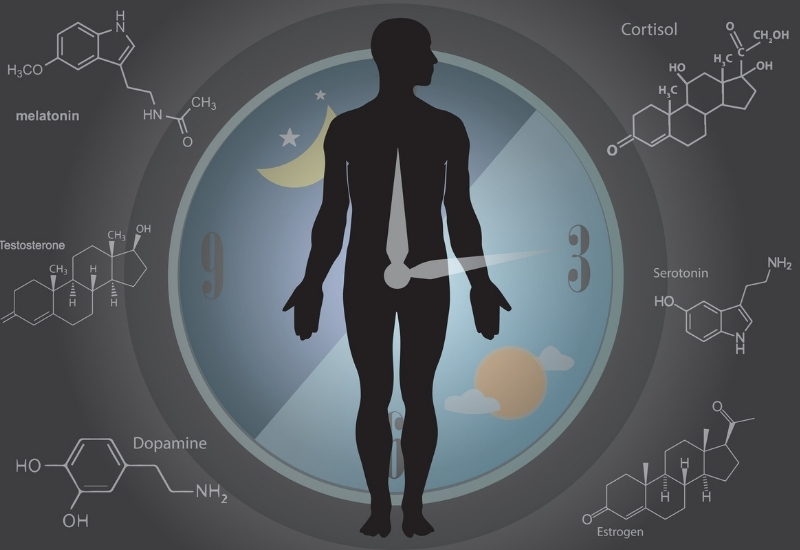
Older adults also seem to have more trouble adapting to new sleep rhythms, so changes to their schedule might be more difficult to manage. Most older adults sleep only six-and-a-half to seven hours a night, falling short of the recommended seven to eight hours. On the whole, older adults get much less sleep on average than younger adults, even though their sleep needs are actually the same. They push bedtime back and set the stage for another sleepless night - and so the cycle continues.

However, daytime napping might make it even harder to fall asleep at night. It’s common for older adults to wake up and fall asleep more suddenly compared to younger adults, leading to the feeling that you are spending most of the night awake.ĭaytime naps are a common coping mechanism for inadequate sleep. Light sleep is less restful, so the average older adult will wake up three or four times a night. In terms of sleep quality, older adults spend more time in light sleep and less time in deep sleep and rapid eye movement (REM) sleep. Unfortunately, the body clock still kicks in and sends a wake-up call around 3 a.m., resulting in disturbed sleep from that point onward. Many people fight their natural inclination to sleep and choose to go to bed several hours later instead. What Does Sleep Look Like in Older Adults?Īccording to their internal body clock, most older adults need to go to sleep around 7 p.m. Research also shows that circadian rhythm timing in older adults is more delicate, leading to fitful sleep if they don’t sleep within certain times. The changes are gradual, with circadian rhythm shifting by approximately half an hour every decade beginning in middle age. Known as a phase advance, this shift means that older adults perform mental tasks better in the morning and start to get sleepy earlier in the evening. Starting at age 60 to 65, circadian rhythms get earlier. How Do Our Circadian Rhythms Change with Age? Changes to the circadian rhythm are a common cause of sleep problems in older adults.

Located in the hypothalamus, the SCN tells our body when to sleep, when to eat, and when to be the most active, based on cues such as light and temperature.Ĭircadian rhythms shift throughout our lifespan, peaking in lateness during adolescence and then gradually shifting back as we age. This daily pattern is known as the circadian rhythm and it is managed by a master clock in the brain called the suprachiasmatic nucleus (SCN).

As darkness falls, core body temperature drops and the body produces a hormone called melatonin that promotes sleep. As daylight breaks and temperatures get warmer, we wake up. For most people, sleep-wake cycles follow the sun.


 0 kommentar(er)
0 kommentar(er)
